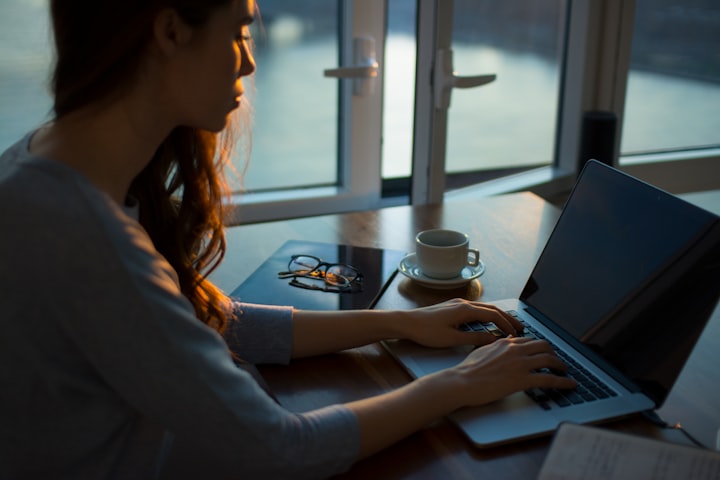
Many people believe that women writers of horror is a new thing and something subversive and original to the genre. If that person describes you then I would like to introduce you to people like Mary Shelley, author of "Frankenstein" (1818) and Mary Elizabeth Braddon, author of many ghost stories and salacious fiction of deviant women - one of my favourite stories by her is "The Shadow in the Corner". The idea the women are becoming more popular in horror is something that we take on the chin - of course, there are far more women writers of horror now than there have been ever since women are using their own voices so much more. But, we also have to remember that the 20th century writers of horror were not nearly exclusively men either - men were just far more active in the genre. For example: there are more books by Stephen King than there are by Daphne Du Maurier and Shirley Jackson combined, but that does not mean that Shirley Jackson and Daphne Du Maurier are in any way less of authors that Stephen King. All three of them are as credible as each other and all three can scare the pants off you.
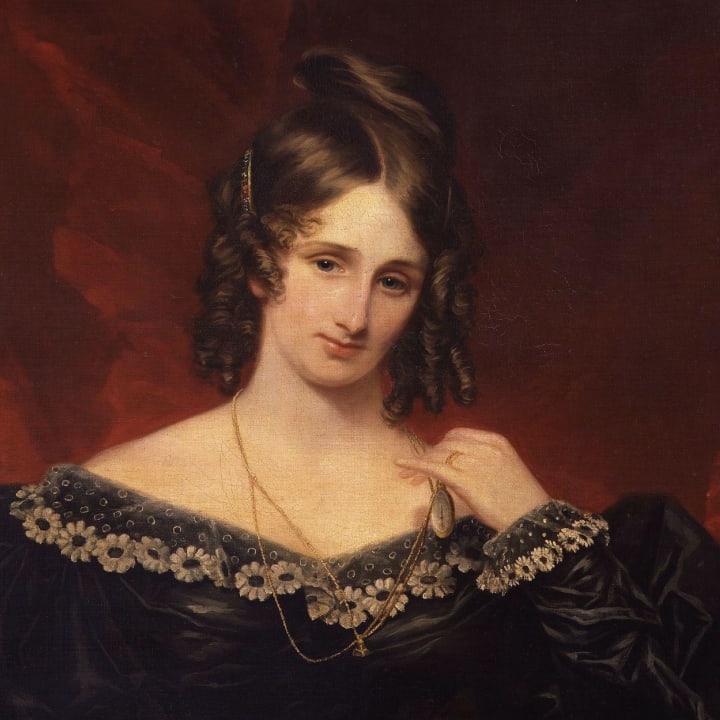
Women writers of horror in the past five years or so on the other hand, have become increasingly popular for their mixture of subversion and continuation of traditions left there for them to find. Bringing back and reviving the genre in new and exciting ways in order to continue a tradition that was initially set by Mary Shelley and her magnum opus, "Frankenstein".
Throughout the different sub-genres, we have everything from body horror to gothic horror to thriller and onwards. This means that there is ample room for women writers to continue to explore and subvert when it comes to their own stories. This also means that the more women that are writing horror, the more women may be exploring the subgenres more than ever before. Thus, when we look at women writers in horror, the main thing we are looking for is what they are doing today in comparison to the past and whether they are subverting or continuing not just traditions (as we have already stated) but ideas that have been put forward in older and often more 'classic' or 'revered' texts of that specific subgenre.
With more women writing from experiences that can often be described as 'traumatising' and are pretty gender specific, these too can constitute as 'horror' or 'thriller'. More women relating to and reading these extended metaphors for gender specific ideas, situations and theories, means that more books by the author are sold and more writers come about and more readers read them. The cycle repeats itself. Thus, it is very clear that women are taking over the horror genre in great amounts of style.
Section 1: Body Horror
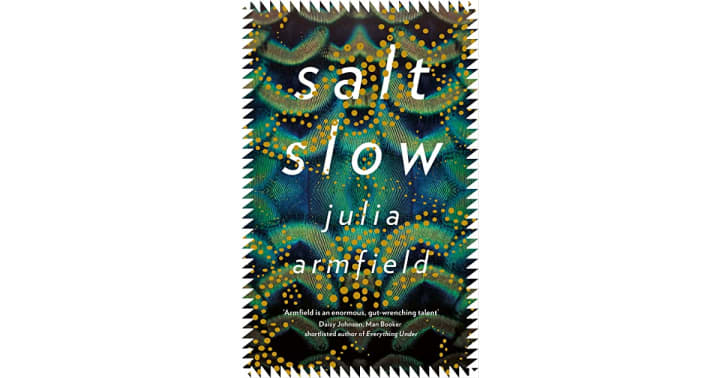
Body Horror is a subgenre of horror and thriller writing in which the human body is used as a canvas, an extended metaphor or is mangled and deformed in ways that the human body could not possibly be in reality. The writing is often graphic and disgusting and can be seen as something grotesque or monstrous. We can understand how traditionally, women could use body horror to express their distaste with modern beauty standards but apart from that, there have been massive subversions to the entire platform of body horror in recent years.
In the past, body horror has often been used graphically to express man's want for something else. In Mary Shelley's "Frankenstein", body horror comes about in Victor's want to play God. Whereas, in Franz Kafka's "Metamorphosis", Gregor Samsa wakes to an alarming change - that he has been transformed against his will into a giant cockroach-like creature. These are transformations of the body that lead to transformations of the mind. In the past, this was an idea that is somewhat reserved for the male anatomy - even where Mary Shelley is concerned. We do not see that physical death of ripping apart Elizabeth Lavanza. It is an aspect of body horror understated and under-investigated.
In the last five years, there have been modern body horror novels released that are more inclusive of the female anatomy. In Julia Armfield's collection "Salt Slow" we see a story called "Mantis" in which a woman is transformed through her experiences and through her mindset into a giant preying mantis. This is a result, not the cause of, the changing of her mind and the changing of her beliefs. Therefore, the book has subverted what was the standard for the transformation involving body horror. The body horror in this book is also more extreme. It is far more graphic as it is allowed to be. In a book like "Frankenstein" or "Metamorphosis", there were often limits not to be exceeded in vulgarity or graphic depictions of violence and the grotesque. The freedom to write descriptively and with graphic intention means that this text can thrive under the female body horror genre.
The subversion of the trends of body horror opens a window for greater depictions of experience relative to transformation rather than the other way around. It means that there is far more room for women to write in extended metaphor about the graphic experiences that they have been subjected to throughout their lives and almost a requirement to write as graphically as possible in order to bring the reader as close to their own experience as they can. It is a true subversion of the subgenre which makes it not just more inclusive, but also renders it more useful to the reader.
Section 2: Horror/Thriller
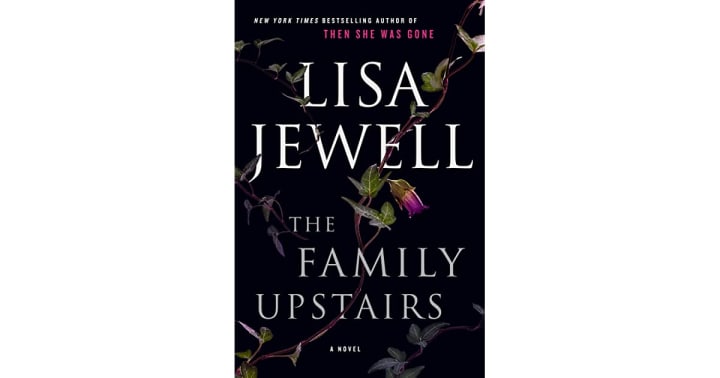
'Thriller' is a genre that is often considered to be more towards the crime genre than the horror genre but I personally beg to differ. I think it is straight down the middle. A thriller novel is something that uses crime as a topic for the text but impliments different aspects of horror within it - this can include anything from monstrosity to the grotesque. There can also be elements of the romantic in there as well - not so much 'love' romantic, but more along the lines of romanticism, the movement. It is a versatile genre and in recent years, women have been making more of an impact within it.
In the past, we had traditions of trust issues spanned either by friends/couples as in Patricia Highsmith's "Ripley" series, the most famous being "The Talented Mr. Ripley" which was made into a film starring Matt Damon as the title character. The next formation of trust issues is formed by people who do not know each other, which is another aspect of Highsmith's writing in her seminal "Strangers on a Train" which was made into a film by Sir Alfred Hitchcock in 1951.
Patricia Highsmith has often been considered as one of the greatest thriller writers ever and since then, women in the last five or so years have been regaining their voice in the genre. Authors such as Lisa Jewell have taken the genre with the same traditions, subverting them for the modern day and appropriating them for the 21st century with incredible success. With more modern technology, especially concerning the authorities, this author has used the trust issues portrayed by Patricia Highsmith in her novels, taken them into the 21st century and paired them off with 'worst case scenarios'. Something to truly scare the audience into thinking this could actually happen.
The continuation of this tradition whilst also modernising the way in which it is written has shown us that the very same criminal activities frighten us as they did back then. It is something psychological and honestly, I would not be surprised if in fifty years time, we are still frightened by the same situations.
Section 3: Folk Horror
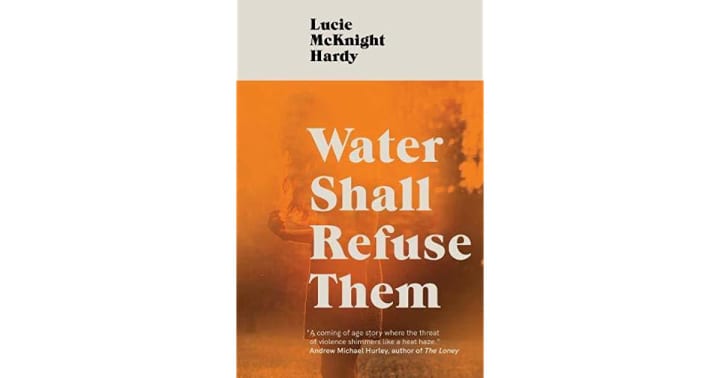
Folk horror is one of my personal favourite genres and it is simple to understand what it is. Folk horror normally involves either cultish behaviour or some folkloric or mythical background to the 'horror' that is involved in the story. Even the cultish horror novels have a folkloric background, showing that the 'folk' aspect is normally based within a fairy tale, some sort of belief or even something sinister like an idea/fantasy which many believe is true.
Possibly some of the most famous folk horror has been written by the great Joyce Carol Oates, with her amazing "The Corn Maiden and Other Stories" being one of the most frightening works of folk horror fiction ever penned. "The Corn Maiden and Other Stories" explores strange beliefs, weird disappearances and the aspect of rural communities, which is also a common idea seen in folk horror. These communities that are cut off from others and are sometimes isolated in terms of technological and intellectual advancement. Another example of this would be Stephen King's "Children of the Corn".
In the modern day, folk horror is being revived and primarily by women. A big selling folk horror novel is Lucie McKnight Hardy's fantast "Water Shall Refuse Them" about a young girl who goes on a trip to Wales with her family only to get caught up in a horrific story she remembers very little about - each twist leads to another line. It is a story which not only explores the fear of the folkish and isolated lifestyle of small villages, but it also explores a young girl's fascination and terror of growing up into the adult world. That fear penetrates the entire novel. Another example of folk horror written by women in the more psychological sense would be "You Let Me In" by Camilla Bruce.
The continuation of the ideas which were once very female-orientated aspects of fiction that have been now incoporated into folk horror written by women have become the foundations of 20th and 21st century folk horror writing for women in the modern day. What Joyce Carol Oates depicted in her novels where women are concerned has practically been passed down to people like Lucie McKnight Hardy and Camilla Bruce to use through extended metaphor to depict a neglected girl coming of age in a world she does not fully understand.
Section 4: Gothic Horror
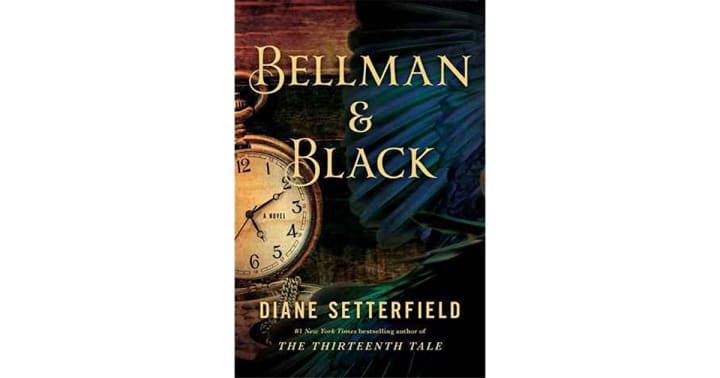
Gothic Horror is one of the oldest and most famous forms of horror ever to be written and a large percentage of it is written by women. Gothicism often relates to the dark, uncomfortable, impending doom of emotions that are highly descriptive and almost decadently self-indulgent. Whereas, the horror aspect speaks for itself - there is normally something monstrous involved.
In the past, we have had many different eras of Gothic Horror with the first and foremost being Ann Radcliffe and her books. The second being Mary Shelley and her seminal "Frankenstein". The third being around the time Shirley Jackson penned "The Haunting of Hill House" and the fourth being towards the second half of the century when Anne Rice penned "Interview with the Vampire". Each of these novels has a level of self-indulgence within them. Ann Radcliffe's novels often have some sort of doomed romance, "Frankenstein" has its main character who observes and seems to be obsessed with his own point of view, Eleanor in "The Haunting of Hill House" becomes enamoured and disgusted by the way in which the house itself enchants her mind and finally, "Interview with the Vampire" has its infamous 'brat prince' - Lestat de Lioncourt, an egomaniac of a vampire.
In the last five years though, women have been taking back their place at the very top of Gothic Horror with a revival, almost, of the subgenre. The novel "Bellman and Black" by Diane Setterfield is a novel I like to cite for this example. Incorporating the different Gothic aspects, it tells the almost Faustian story of a man who wishes to gain access to 'more'. A self-indulgent man, he comes to pay price after price until her can no longer take it. A lot like the fin-de-siecle gothic novels, this book demonstrates that as of the 21st century, this type of writing is still heavily popular without it having to be a Victorian written classic.
Continuing this subgenre and tradition of self-indulgence and decadent obsessions with the self seem to show that not only is this making a comeback but, in studying gothic fiction - this type of writing has never really been 'unpopular' at all. The different ages of gothicism can show us that.
Conclusion
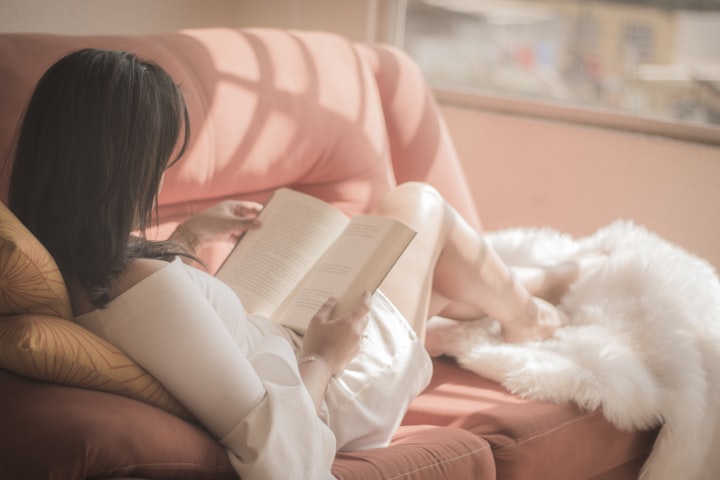
Women, as I have previously stated, are not becoming more popular in the horror genre - there are simply more women writers in the horror genre now than there has been ever before. This means that the output of women writing horror has now risen and so, the amount of people reading women who are writing horror has risen as well. What does this show us? It shows us that there is not only a market for women who are writing horror, but it also shows us that there is a trend. Women writing horror never actually died at all, it simply goes up and down with the trends of the time. Since the aspects of women in the real world are changing and women themselves are gaining more agency - women telling experiences that are horrific whether fictional or realistic in novels, has become something that people actually care about.
What is the requirement?
To keep it going.
About the Creator
Annie Kapur
200K+ Reads on Vocal.
English Lecturer
🎓Literature & Writing (B.A)
🎓Film & Writing (M.A)
🎓Secondary English Education (PgDipEd) (QTS)
📍Birmingham, UK


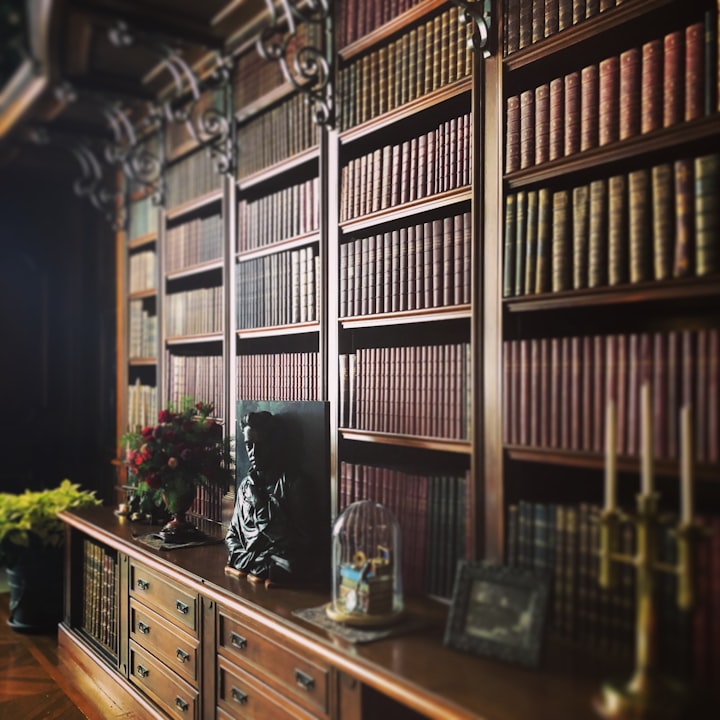



Comments
There are no comments for this story
Be the first to respond and start the conversation.